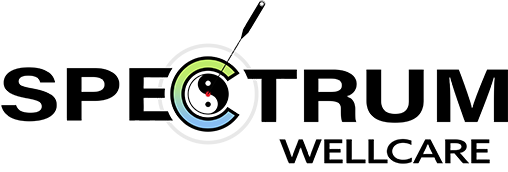Since many of you are fascinated with the last blog, concerning theories on Acupuncture Mechanisms, I will continue to discuss more Western-oriented theories on how Acupuncture actually works. As I discussed, Acupuncture induces certain effects on the body. I will now discuss the depth to these effects in more detail.
There are numerous local tissue effects incited with the insertion and stimulation of the Acupuncture needle. One such effect is the induction of a low-grade immune response which incites a release of mast cells, platelets, and red blood cells in the area. Additionally, there is a stimulation of release of adenosine, nitrous oxide, prostaglandins, histamine and substance P.
Research has shown that Adenosine release causes an anti-nociceptive effect and supports local cellular repair processes. The release of substance P and nitrous oxide causes local vasodilation, increasing circulation to the immediate area. Researchers have also noted that that the low-grade, pro-inflammatory response to Acupuncture needling also stimulates a wound healing response, as evidenced by increased glucose uptake by skeletal muscle following Electroacupuncture. I find this particularly interesting due to the fact I use Estim a lot in my practice.
I am purposefully getting into a lot of medical detail because, again, I want you to appreciate how Acupuncture works in Western medical research terms.
Needle insertion has also been shown to affect a response by connective tissues which results in mechano-transduction and cell signaling based on needle interacting with collagen fibers. In addition, the interaction of the needle rotation with the tugging on connective tissue fiber results in fibroblast spreading, with implications of connective tissue remodeling and sensory afferent signaling coming from the connective tissue itself.
There are also adjacent signaling effects which occur from Acupuncture that have been demonstrated to play a role in the gate control theory of pain…
